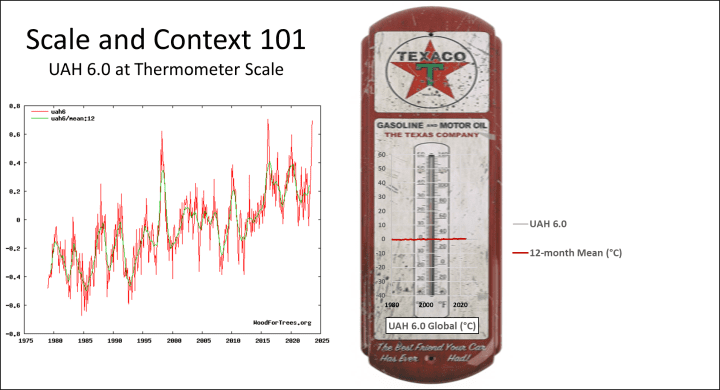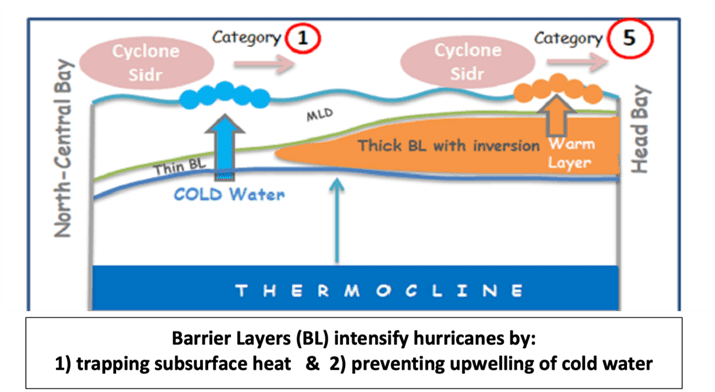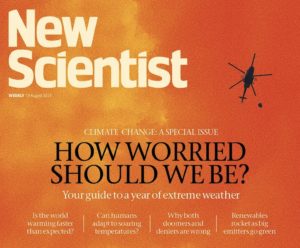by K. Richard, Oct 19, 2023 in NoTricksZone
There are many scientifically invalid assumptions in the “greenhouse gas hypothesis” that the editors of a journal, Earth System Dynamics (ESD), now insist they will never again allow to be subjected to critical analysis in future publications, as the editors of this journal are committed to only publishing studies agreeing with the “consensus.”
In a editorial comment published in the MDPI journal Entropy responding to an editorial written by the editors of ESD, two Portuguese scientists (Khmelinskii and Woodcock, 2023) identify at least 8 assumptions in the “greenhouse gas hypothesis” that lack scientific validation. Despite the lack of observational evidence supporting their viewpoints, proponents of the anthropogenic global warming hypothesis prefer to dismiss and ignore challenges to what they believe is the “consensus” – the opposite of what the scientific method requires.
For brevity’s sake, only a few of the challenges are summarized below.
• CO2 can only absorb 10% of all radiation in the specific IR bands CO2 affects. CO2 “absorbs absolutely nothing at all other IR wavelengths.” Thus, CO2 has no effect on IR in 90% of absorption bands.
• CO2 can only absorb IR in the top 300 m, or 0.3 km, of the surface-troposphere, which is 10 km thick. Thus, CO2 can only affect 10% of the IR in 3% of the surface-troposphere, where climate change occurs.
• Because of its vanishingly small effects, doubling CO2 concentrations could only lead to a 0.015°C surface temperature change, at most. Understatedly, “this effect would not even be measurable.”
• Uncertainty in the Earth’s radiation balance is ±17 W/m². The estimated radiation imbalance is 0.6 W/m², which is “orders of magnitude” smaller than the uncertainty in its derivation. Thus, the “global balance of energy fluxes…cannot be derived from measured fluxes“… and this “profoundly affects our ability to understand how Earth’s climate responds to increasing concentrations of greenhouse gases.”
The editors at ESD do not view observational uncertainty – or questions regarding the magnitude of CO2’s effects – as worthy of critical analysis.
…










